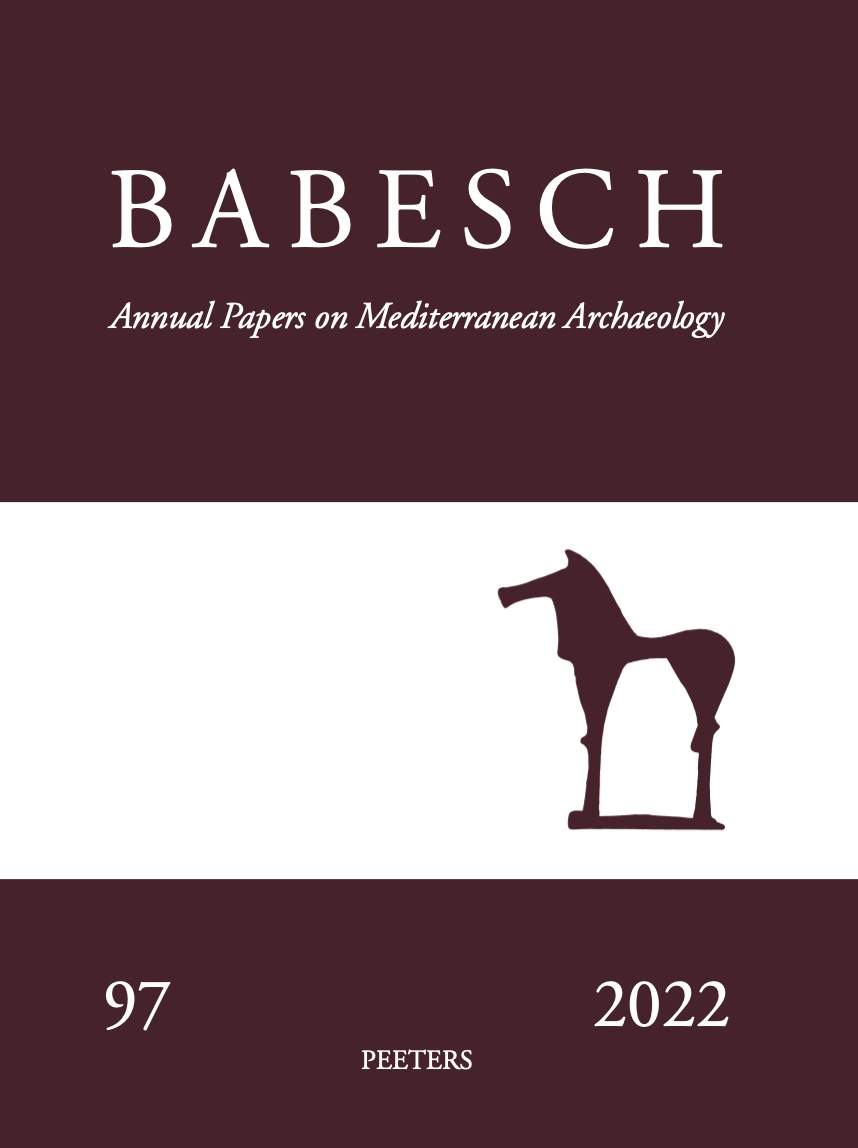 previous article in this issue previous article in this issue | next article in this issue  |

|
Document Details : Title: Parthenon Subtitle: 25 Centuries as a Mathematical Treatise Author(s): BRIGO, Roberto Journal: BABESCH Volume: 87 Date: 2012 Pages: 159-171 DOI: 10.2143/BAB.87.0.2160696 Abstract : This grandiose temple dedicated to the goddess Athena was built as part of the programme to renew the whole Acropolis complex, in the Athens of Pericles. It is a widely held opinion that the Parthenon stands as a symbol of that era, a masterpiece of Greek artistry where architecture, sculpture and painting are blended into a wondrous whole. Its fame also comes from the repertoire of compositional modes it boasts, many of which are of remarkable complexity and richness. We can find parallels, ratios repeated again and again, and points of correspondence in the order of placement and the proportions the various parts have to each other and to the whole. On top of all this, it is also composed using various geometries and modulations designed to improve its overall interest and counteract the distortions of the human eye. The scientific foundation of the Parthenon is manifest and makes a valuable contribution to research on the early period of Greek science. Unfortunately very few texts and documents - practically none - have survived from that period; because of this it may be considered highly interesting to study the ‘Parthenon book’, a practical work that lets us trace a line back to the theory behind it. |
|
